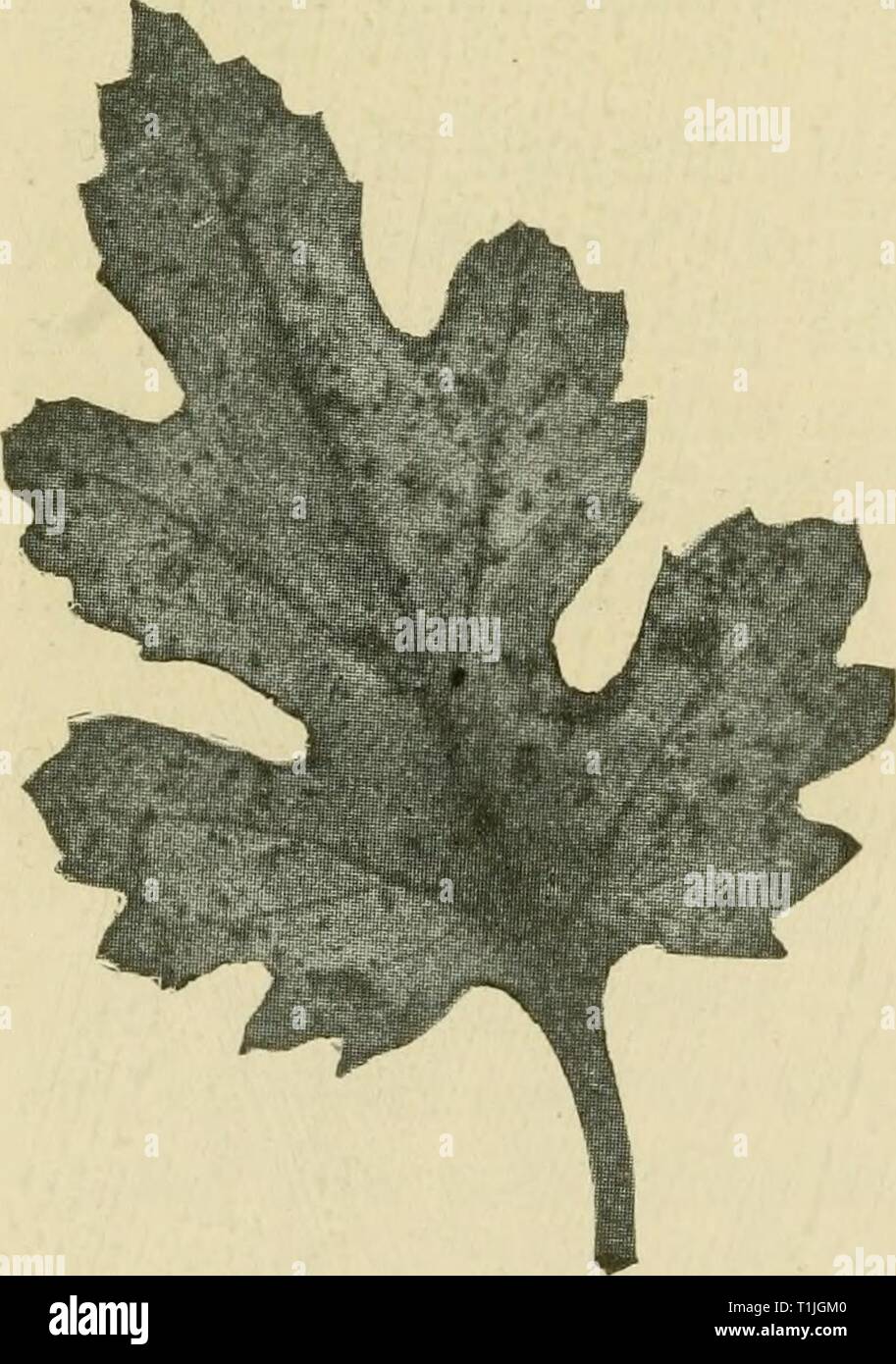Les maladies des plantes d'importance économique (1921) Maladies de plantes d'importance économique diseasesofeconom01stev Année : 1921 418 les maladies des plantes économiques chrysanthème Cercosporioses ' {chrysanthernella Septoria Cav.). - Les grandes taches brun foncé à noir, souvent irrégulièrement circulaire et de frontière indéfinie, apparaissent sur les feuilles. Ces agrandir et coalescence pour impliquer l'ensemble de la feuille, que withers, meurt et tombe. Les feuilles inférieures sont les premiers touchés, mais plus tard, à toutes les feuilles de la plante peut être mal vu, et pratiquement une défoliation complète peut entraîner. Les boutures provenant de stocks infectés doivent être évités. Tous les

RMID:ID de l’image:T1JGM0
Détails de l'image
Contributeur:
Bookend / Alamy Banque D'ImagesID de l’image:
T1JGM0Taille du fichier:
5,7 MB (283,1 KB Téléchargement compressé)Autorisations:
Modèle - non | Propriété - nonUne autorisation est-elle nécessaire?Dimensions:
1185 x 1687 px | 20,1 x 28,6 cm | 7,9 x 11,2 inches | 150dpiInformations supplémentaires:
Cette image appartient au domaine public, ce qui signifie que le droit d’auteur a expiré ou que le titulaire du droit d’auteur a renoncé à ses droits. Les frais facturés par Alamy couvrent l’accès à la copie haute résolution de l’image.
Cette image peut avoir des imperfections car il s’agit d’une image historique ou de reportage.